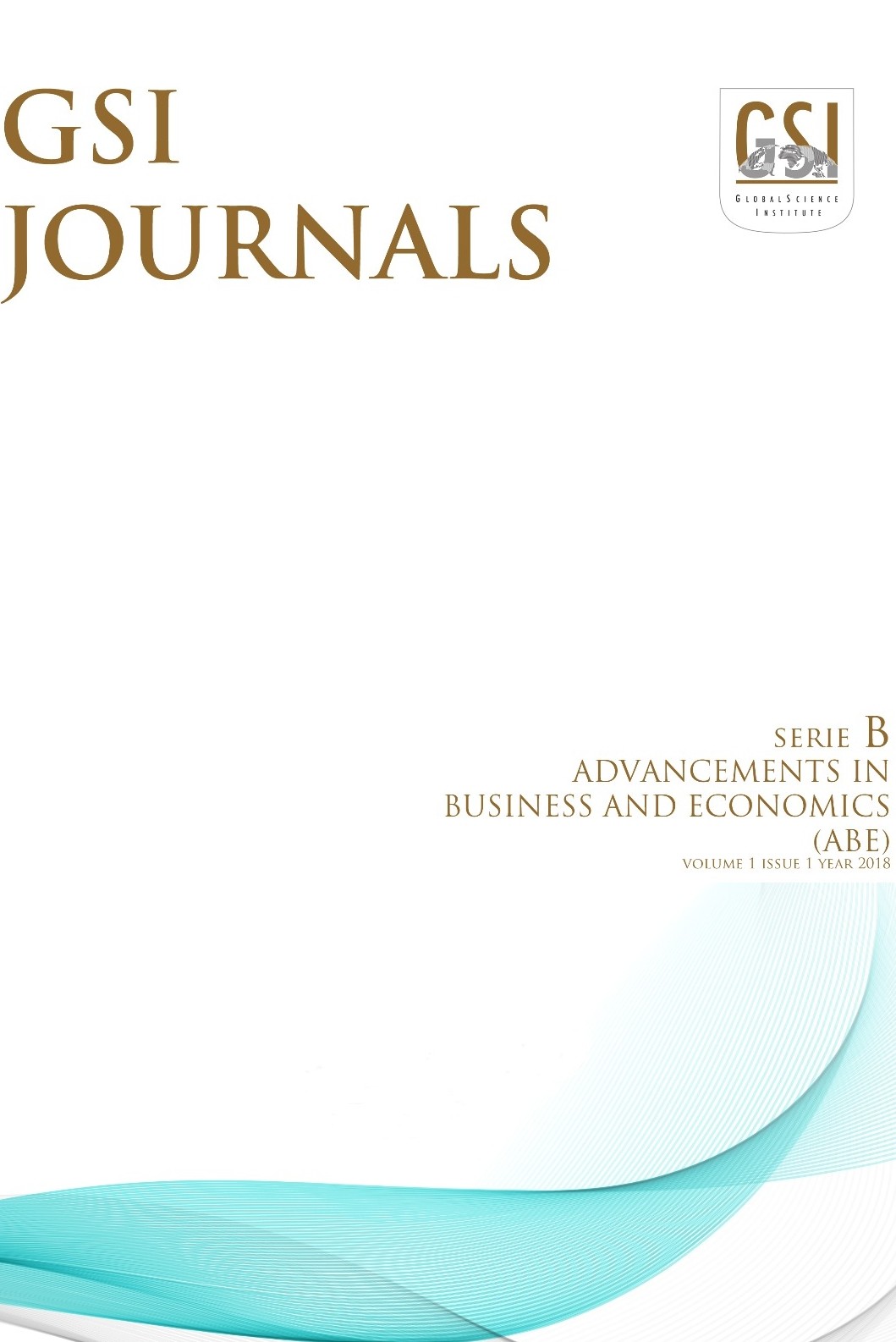Gastronomi Turizmi Kapsamında Stratejik Planlama: Karaburun, Çeşme ve Urla üzerine SWOT Analizi Örneklemesi
Turizm denildiğinde akla ilk gelen türlerden deniz turizmi, değişen ekonomik koşullar ve tüketici alışkanlıklarına bağlı olarak son yıllarda daha az rağbet görmeye başlamıştır. Dolayısıyla; tüketiciler, daha özgün ve bireysel turizm arayışına girmişlerdir. Bir yerin doğal güzelliği, kültürel özellikleri veya özgün karakterlerinin deneyimlenmesi üzerine kurulu alternatif turizm hareketleri son dönemlerde gelişmiş ve daha çok tercih edilir hale gelmiştir. Gastronomi turizmi de alternatif turizm biçimleri kapsamında değerlendirilmektedir. Gıda ve mutfak kültürü, turistik bir değer olarak fark yaratan unsurların başında gelmektedir. Son yıllarda nitelikli yerel gıda ve yöre mutfağının öne çıkarılarak pazarlandığı turistik bölgeler, büyük bir ivme ile popülerleşmektedir. Kırsal nitelikli bölgelerdeki yemek kültürü yörenin ekonomik gelişimine fayda ve rekabet avantajı sağlamaktadır. Ancak, bu alanların ekonomik, kültürel ve çevresel açıdan kalkınabilmesi için gastronomi etkinliklerin stratejik olarak planlanması gerekmektedir. Gastro kelimesi, mide veya sindirim sistemi ile olan ilişki anlamına gelmektedir. Edebi bir ifadeyle “mideyi düzenleyen sanat veya yasa” şeklinde tanımlanabilir. Gastronomi sadece ne yiyip içileceğine dair rehberlik veya tavsiye değil, aynı zamanda belirli bir sosyal grupta yaşama sanatı ve yiyecek bilimidir. Bu çalışma kapsamında Karaburun, Çeşme ve Urla ilçeleri örnekleme alanı olarak seçilmiştir. Bu ilçelerdeki gastronomi turizminin geliştirilmesine ve desteklenmesine yönelik mevcut durum ve ihtiyaçların belirlendiği bir SWOT analizi çalışması gerçekleştirilmiştir. Çalışmanın temel amacı, ülkedeki alternatif turizmin sürdürülebilirliğini sağlamak üzere stratejik amaç ve hedeflerin geliştirilmesine yardımcı olabilecek mevcut durumun çok paydaşlı bir şekilde belirlenmesini ve öncelikli hale gelmesini sağlamaktır. Gastronomi turizmi ile sınırlandırılmış bu çalışmanın, alternatif turizm biçimleri hakkında yapılması muhtemel çalışmalara referans olması beklenmektedir.
Anahtar Kelimeler:
gastronomi, turizm, swot analizi, izmir, stratejik planlama
Strategic Planning in Gastronomy Tourism: SWOT Analysis on Karaburun, Çeşme and Urla
When tourism is mentioned, marine tourism, which comes to mind first, has started to be less popular in recent years due to changing economic conditions and consumer habits. Therefore; consumers have sought more specific and individual tourism. Alternative tourism movements based on the natural beauty, cultural features or the unique character of a place have recently developed and become more preferable. Gastronomy tourism is also considered within the scope of alternative tourism forms. Food and culinary culture is one of the elements that make a difference as a touristic value. In recent years, the tourist areas where qualified local food and local cuisine are emphasized and marketed are becoming popular with great momentum. Food culture in rural areas provides benefit and competitive advantage to the economic development of the region. Gastronomic activities should be strategically planned for economic, cultural and environmental development of these areas. Gastro refers to the relationship with the stomach or digestive system. In literary terms, it can be defined as the art or law that regulates the stomach. Gastronomy is not only guidance or advice about what to eat and drink, but also the art of living and food science in a particular social group. In the scope of this study, Karaburun, Çeşme and Urla districts were selected as study case. A SWOT analysis was conducted to identify the current situation and needs for the development and support of gastronomic tourism in these areas. The main objective of the study is to identify and prioritize the current situation in a multi-stakeholder manner that can help develop strategic goals and objectives to ensure the sustainability of alternative tourism in the country. This study, which is limited to gastronomy tourism, is expected to be a reference to possible studies on alternative tourism forms.
Keywords:
gastronomy, tourism, swot analysis, izmir, strategic planning,
___
- Anonim-1 (2019). Son Erişim Tarihi: 3 Aralık 2019. Erişim adresi: https://yandex.com.tr/harita/?ll=26.752019%2C38.403585&z=10
- Bell, S. (2008). Design for outdoor recreation. Taylor & Francis: London.
- Chuang, S. T. (2010). Rural tourism: Perspectives from social exchange theory. Social Behavior and Personality, 38(10), 1313.
- Çalışkan, O. (2013). Destinasyon rekabetçiliği ve seyahat motivasyonu bakımından gastronomik kimlik, Journal of Tourism and Gastronomy Studies, 1(2), 39-51.
- Dyson, R.G. (2004). Strategic development and SWOT analysis at the University of Warwick. European journal of operational research, 152(3), 631-640.
- Harrington, R. J., & Ottenbacher, M. C. (2010). Culinary tourism—A case study of the gastronomic capital. Journal of Culinary Science & Technology, 8(1), 14-32.
- Hay, G. J., & Castilla, G. (2006, Temmuz). Object-based image analysis: strengths, weaknesses, opportunities and threats (SWOT). Proc. 1st Int. Conf. OBIA içinde (s. 4-5).
- Hill, T., ve Westbrook, R. (1997). SWOT analysis: it's time for a product recall. Long range planning, 30(1), 46-52.
- Kalinina, A. (2013). Branding Sicily as Gastronomically Attractive Destination, Viewed by Kempinski Hotel Giardino di Costanza. Turizm ve Konuk Ağırlama Uygulamalı Bilimler, Saimaa Üniversitesi
- Kesici, M. (2012). Kırsal turizme olan talepte yöresel yiyecek ve içecek kültürünün rolü. Karamanoğlu Mehmetbey Üniversitesi Sosyal ve Ekonomik Araştırmalar Dergisi, 2012(2), 33-37.
- Lee, A. H. (2012). The Creative Food Economy and Culinary Tourism through Place Branding: Terroir into a Creative and Environmentally Friendly Taste of a Place, Yayınlanmamış Doktora Tezi, Waterloo Üniversitesi, Ontario, Canada.
- Mihailović, B., & Moric, I. (2012). The role of marketing philosophy in rural tourism development. Tourism and Hospitality Management, 18(2), 267-279.
- Pickton, D. W., ve Wright, S. (1998). What's swot in strategic analysis?. Strategic change, 7(2), 101-109.
- Santich, B. (2004). The study of gastronomy and its relevance to hospitality education and training. International journal of hospitality management, 23(1), 15-24.
- Solomon, H. 2003. Gale Encyclopedia of Food & Culture: Gastronomy, Scribner, New York.
- Tikkanem, I. (2007), “Maslow´S Hierarchy and Food Tourist in Finland: Five Cases”, British Food Journal, 109 (9), 721-734.
- Yüncü, H. R. (2010). Sürdürülebilir turizm açısından gastronomi turizmi ve Perşembe Yaylası. 10. Aybastı-Kabataş Kurultayı, 11(27-34).
- Yayın Aralığı: Yılda 2 Sayı
- Başlangıç: 2018
- Yayıncı: Halil Cem SAYIN
Sayıdaki Diğer Makaleler
Selda UCA, Erdener BALIKÇI, Dilek DÜLGER
Saye Nihan ÇABUK, Serhat SARI, Talha AKSOY, Gökhan ERŞEN, Alper ÇABUK
